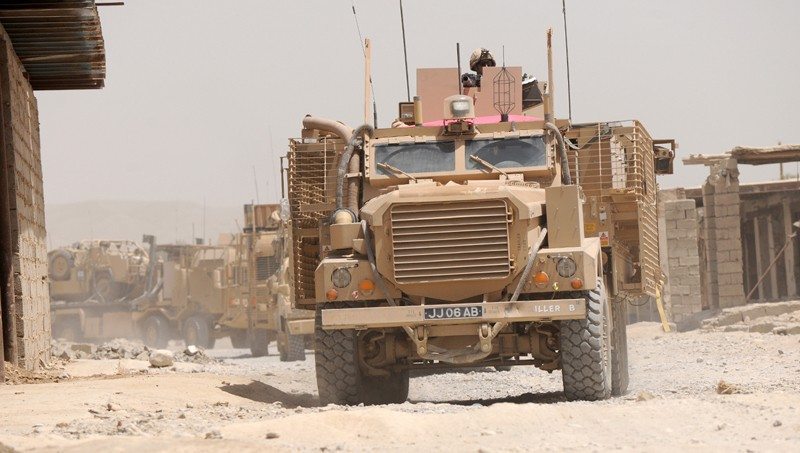The amount of explosives used in improvised explosive devices in Afghanistan is increasing, while at the same time, the number of attacks are at “historic highs.”
In June and July, there were 1,600 improvised explosive device, or IED, events in Afghanistan, said Lt. Gen. Michael Barbero, program executive officer, Joint Improvised Explosive Device Defeat Organization.
The good news, he said, is the number of IEDs found and cleared has gone up by 100 percent, as has the number of finds of caches of IED-building material.
During an Institute of Land Warfare breakfast Nov. 10 in Arlington, Va., Barbero said as many as 80 percent of IEDs in Afghanistan are made from ammonium nitrate coming from fertilizer plants in Pakistan.
Each factory produces as much as 400,000 metric tons of the material each year, and about one percent of that makes its way to insurgents, where he said it’s easily turned into inexpensive explosives. He also said 90 percent of casualties in Afghanistan come from ammonium nitrate explosive.
Barbero said the JIEDDO and the intelligence community must focus on the network that brings the material from those facilities into the hands of terrorists.
“From these two legally operating factories in Pakistan, we know where they are producing, we know who their distributors are — and we are getting great support from them,” he explained.
What is unknown, Barbero said, is where the transition point is between legal enterprise and criminal activity.
“What we don’t understand is how this ammonium nitrate gets from the factories to these insurgents. That’s the greatest intelligence gap we have.”
Once that gap is identified, Barbero said, funding sources can be tracked, and other elements of U.S. government power could be brought in to affect change — including both the State Department and the Treasury.
Barbero said that in 2011, there was about $2.44 billion in funding for JIEDDO. While not “locked in” yet, he said, it’s expected that in 2012 and 2013 that number will be about the same.
“We’ll be able to do what we need to support our warfighters,” he said.
The general said there is talk about modifying authorities for JIEDDO to support other federal agencies, because he said the IED threat has expanded beyond Iraq and Afghanistan.
“These networks and these IEDs are coming to a 14th Street Bridge near us,” he said, referring to a major commuter route into Washington, D.C. “We need to be able to share better with our interagency partners the intelligence and information we have on technology and the networks.”
In January, Barbero said, JIEDDO will publish a strategy that “goes beyond Afghanistan” to detail some enduring IED threats and to offer a description of the kinds of research and development needed to counter them “so we can start the dialogue and collaboration on finding solutions and capabilities.”










